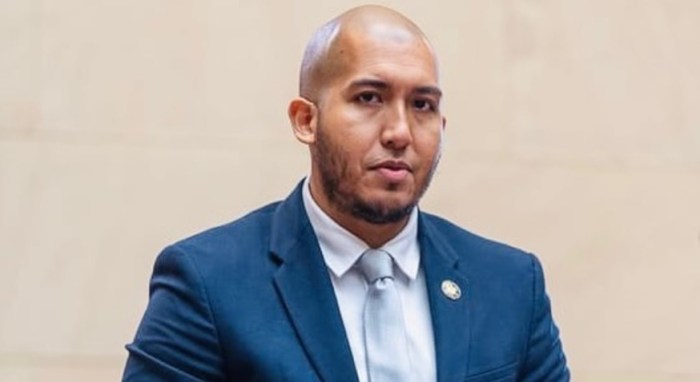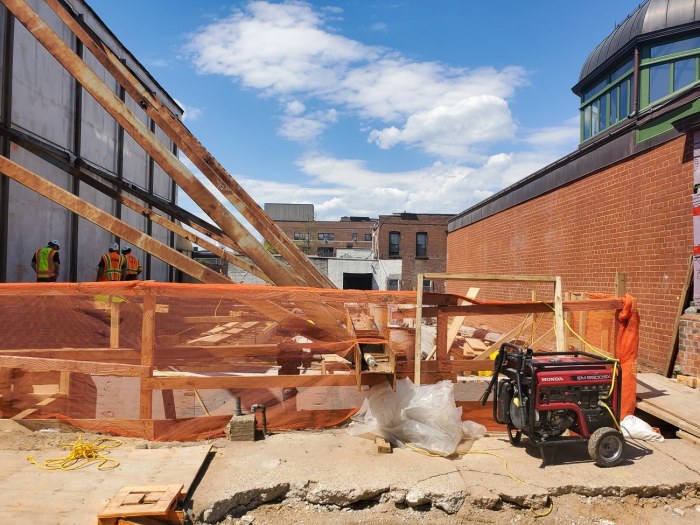
After a decades-long stampede to view prisons and long, mandatory sentences as the best ways to stem high crime, the nation is coming to its senses. Now, we are seeing the destructive effects of that policy. With lives to be salvaged and money to be saved, even ending mandatory sentencing, for instance, has attracted support from both Democrats and Republicans — from Hillary Clinton to Rand Paul.
The momentum to reduce the number of people behind bars — including the number of youngsters serving as adults — has been building for years, initiated by conservative politicians who see long sentences as a costly and ineffective government program. And the smoldering frustration over the racial imbalance in the criminal justice system and policing has given new urgency to confronting the problems of poor, urban neighborhoods.
President Barack Obama addressed the issue in late April. “In those environments, if we think that we’re just going to send the police to do the dirty work of containing the problems that arise there, without as a nation and as a society saying, ‘What can we do to change those communities, to help lift up those communities and give those kids opportunity?’ — then we’re not going to solve this problem,” President Barack Obama said in April after Baltimore was roiled by riots over the death of a black man in police custody.
Black men in particular disproportionately receive long prison stretches that compromise their prospects for employment, housing and education — all essential to building a law-abiding life. That cycle has become the destructive norm in many poor, black communities. The number of inmates in state and federal prisons surged from 200,000 in 1972 to 1.6 million today. Six in 10 inmates are minorities, according to the Sentencing Project, a Washington research and advocacy group. Add those in local jails and the count soars to 2.2 million.
Driven largely by the nation’s war on drugs, that overreliance on incarceration has devastated young black men — 1 in 10 in their 30s was in prison or jail on any given day in 2013. And it’s not just about who commits crimes. For instance, blacks represent 12 percent of all users of illegal drugs, but 38 percent of those charged with drug offenses and 59 percent of those in state prisons for drug offenses, according to the NAACP.
Led by New York, where prison populations have shrunk more than 25 percent since 1999, two-thirds of states and the federal prison system now have notched at least modest declines, according to the Sentencing Project.
Gov. Andrew M. Cuomo has closed 13 prisons since 2011. That’s a sharp turn from the direction of his father, Gov. Mario Cuomo, who in an era of high crime built 29 prisons from 1983 to 1994 — the largest prison expansion in state history. Andrew Cuomo should do even more. Close the Attica Correctional Facility, the state’s most notorious lockup. The 2,253-bed prison upstate may be no better or worse than the state’s other 15 maximum-security prisons, but it’s a symbol of the dehumanization and violence that have plagued such institutions. Forty-three people were killed there in an eruption of insurrection and violence in September 1971.
New York has long been in the vanguard on criminal justice. It led the lock-’em-up movement in 1973, when it enacted the mandatory sentences of the Rockefeller drug laws. But between 2004 and 2009, it was also one of the first to roll back that throw-away-the-key approach. The state’s prison population dropped from 63,699 in 2004 to 53,000 this year. Crime rates have not risen.
New York led on another important reform last year when it became the largest prison system in the nation to prohibit putting prisoners younger than 18 in disciplinary solitary confinement, a soul-crushing emotional torture that often leaves people depressed and out of touch with reality.
Before the State Legislature wraps up business next month, it ought to approve Cuomo’s plan to raise the age of criminal responsibility — the age at which people are treated as adults. Sixteen- and 17-year-olds should be handled as the juveniles they are. The 800 teens in state adult prisons don’t belong there.
It’s time to break the cycle.

















